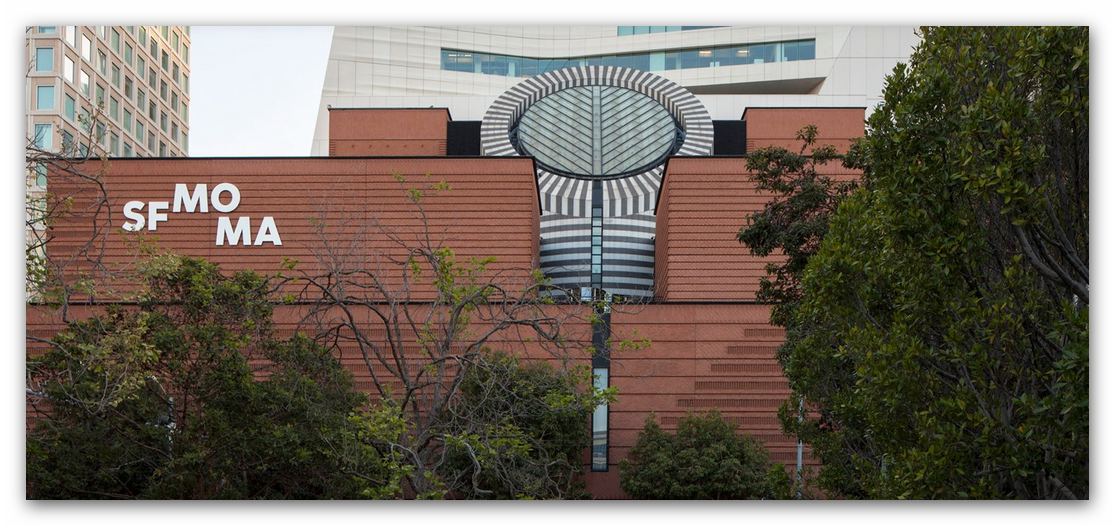Nov 5 2016 - May 14 2017
San Francisco Museum of Modern Art (SFMOMA)
San Francisco, CA
Paul Klee at Play highlights the Swiss modernist’s lifelong exploration of the creative and transformative possibilities of play. This focused exhibition, part of an ongoing series dedicated to the artist’s work, includes a selection of the whimsical hand puppets Klee made for his son, Felix, fashioned from scraps of cloth, papier-mâché, and found objects. These puppets, shown alongside prints, drawings, and paintings, illuminate central themes in Klee’s work, including his delight in play, inspiration from children’s creativity, and love of theater.
Credit: Exhibition overview from museum website.
Whether you go or not, Paul Klee: Hand Puppets, focuses on the artist's hand puppets. Between 1916 and 1925 Paul Klee (1879-1940) made some 50 hand puppets for his son, Felix, of which 30 are still in existence. For the heads, he used materials from his own household: beef bones and electrical outlets, bristle brushes, leftover bits of fur and nutshells. Soon he began to sew costumes. These characters and small works, do not pretend to be great art, but at the same time, they are superbly imaginative, sweetly reminiscent of Klee's relationships with his family, and beautifully illustrative of the artistic and social developments of the time. Readers will see the chronological proximity of Dada and Kurt Schwitters's collages in Klee's Matchbox Ghost; the German National caricatures one of the era's more ominous political types. An introductory essay tracks the work's links to other avant-garde puppetry and to Klee's sculptural works, and notes his connections to the theater. For their part, Klee's son Felix and his grandson Alexander tell the story of how the figures were created.
Exhibition Venues & Dates
Nov 5 2016 - May 14 2017
San Francisco Museum of Modern Art (SFMOMA)
San Francisco, CA

